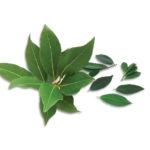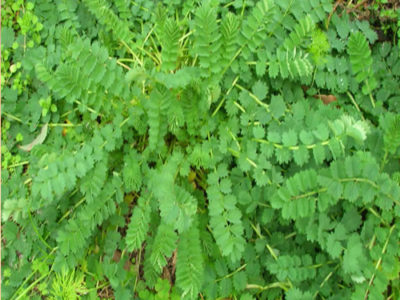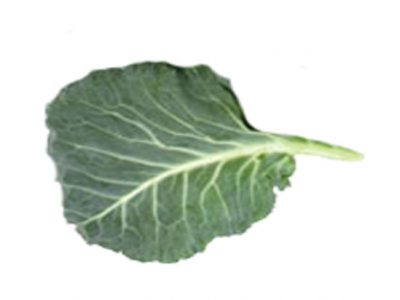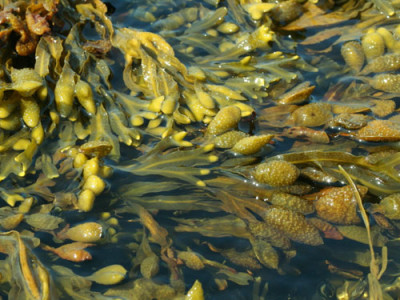
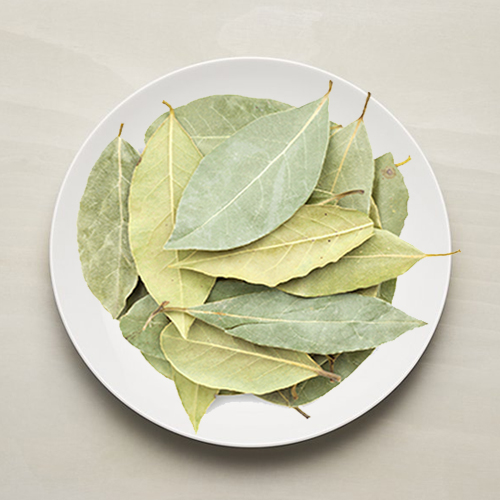
Indonesian Bay Leaf Health Benefits And Facts
Indonesian Bay Leaf
Plants and trees occupy most of parts of Asian countries and Chinese herbs are very famous internationally.
Some of the most famous Chinese plants are Ginseng, Dang gui, Mushroom, Goji , Coptis Chinensis and Licorice Root.
Chinese form of herbal treatment dates back to many centuries and several countries throughout the world follow Chinese system of natural medicine.
This topic will deal with a plant named Indian Bay Leaf which is also called as Indonesian Bayleaf. This plant comes under the family Myratraceae. The botanical name of this plant is Syzygium polyanthum.
Indonesian Bay Leaf Native
Indian Bay Leaves are very famous and popular in Indonesia. This plant is native to Borneo through Indonesia.
Properties
- Indonesians use the leaves in curries, meat items and other cuisines.
- They fry the leaves before it is used as an ingredient.
- The people of Indonesia use this plant for treating diarrhea, rheumatic problem, cholesterol, hypertension, gastric problems, apoptosis, anti-fungi and diabetes.
- It is also used as a flavoring agent.
Growth And Cultivation
- Indian bay leaf achieves a height of 30 meters and the bole can be up to 60 cm in diameter.
- This plant has edible fruit and medicinal properties.
- In Java, it is cultivated as fruit-tree. In Indonesia, it is used as a garden tree.
- The bark is used for dyeing.
- It is abundantly found in Myanmar, Thailand, Cambodia, Laos, Vietnam, Malaysia and Indonesia.
- It is commonly found in primary and secondary forests, thickets, Teak plantations and bamboo forests.
- The flowering starts after three years of planting and fruiting takes place throughout the year.
- The edible fruits are astringent and single-seeded berry.
- The fruit is 12 mm in diameter and the color is dark red to purplish-black.
| Principle | Nutrient Value | Percentage of RDA |
|---|---|---|
| Energy | 313 Kcal | 15.50% |
| Carbohydrates | 74.97 g | 57% |
| Protein | 7.61 g | 13% |
| Total Fat | 8.36 g | 29% |
| Cholesterol | 0 mg | 0% |
| Dietary Fiber | 26.3 g | 69% |
| Vitamins | ||
| Folates | 180 mcg | 45% |
| Niacin | 2.005 mg | 12.50% |
| Pyridoxine | 1.740 mg | 133% |
| Riboflavin | 0.421 mg | 32% |
| Vitamin A | 6185 IU | 206% |
| Vitamin C | 46.5 mg | 77.50% |
| Electrolytes | ||
| Sodium | 23 mg | 1.50% |
| Potassium | 529 mg | 11% |
| Minerals | ||
| Calcium | 834 mg | 83% |
| Copper | 0.416 mg | 46% |
| Iron | 43 mg | 537% |
| Magnesium | 120 mg | 30% |
| Manganese | 8.167 mg | 355% |
| Phosphorus | 113 mg | 16% |
| Selenium | 2.8 mcg | 5% |
| Zinc | 3.70 mg | 33% |
Health Benefits And Facts
- The fresh leaves are consumed as vegetable and the aromatic leaves are used as spice in South-East Asian cuisines.
- The leaves are removed before it is served.
- This plant has essential oil named Eugenol and methyl chavicol which is effectively used to kill bacteria and fungus.
- This plant is used for under planting in forest plantations.
- The brown wood is used in building and furniture, musical instruments and for other purposes.
(Visited 1,492 times, 1 visits today)

